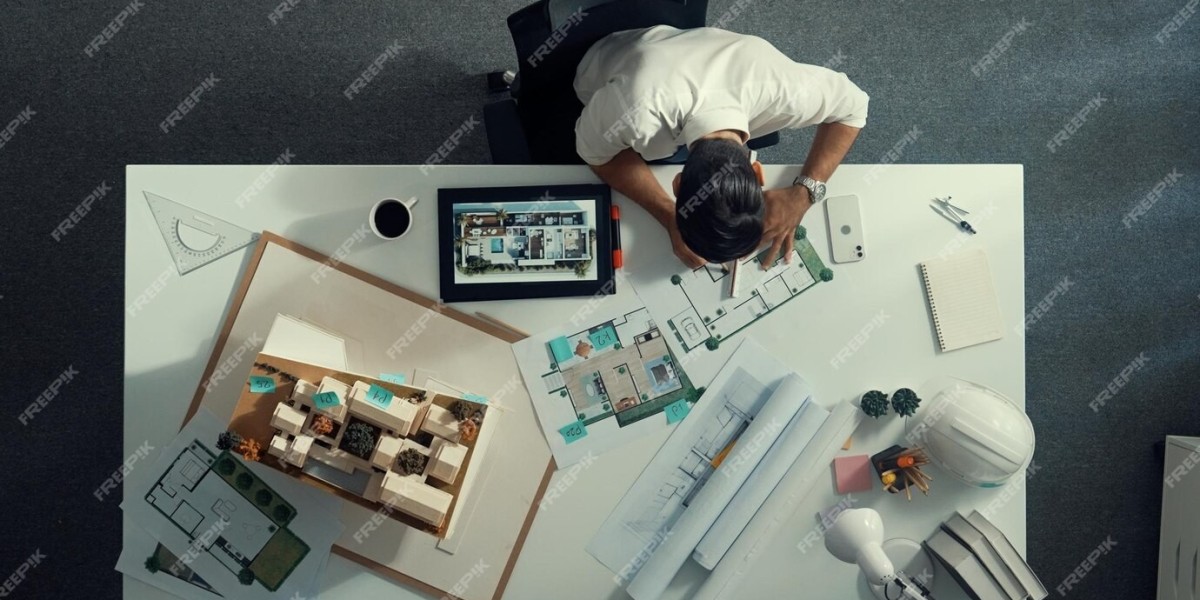In the world of interior design and architecture, space planning is the backbone of every successful layout. It’s more than just arranging furniture — it’s about organizing a space in a way that enhances its usability, flow, and visual appeal. Whether it's a compact studio apartment or a large corporate office, space planning ensures that every square foot is used with purpose.
At its core, space planning begins with understanding the needs and functions of the space. What activities will take place there? Who will use the space, and how often? Answering these questions helps determine the best way to organize the layout. For instance, a living room meant for entertaining guests will require a different setup than one meant for quiet family evenings.
Once the function is defined, the next step in space planning is taking accurate measurements. Knowing the exact dimensions of a room — including ceiling height, window placement, and door swing — allows for better choices when it comes to furniture size and arrangement. This step prevents overcrowding and ensures that traffic flow isn't obstructed.
An essential part of effective space planning is circulation — the way people move through a room. A well-planned space allows for easy movement without bumping into furniture or feeling cramped. Designers typically leave at least 2 to 3 feet of walking space around key areas like beds, tables, and counters to maintain comfort and accessibility.
Zoning is another vital technique in space planning. Zoning divides a room into functional areas based on activities. In an open-concept space, for example, zones may include areas for dining, lounging, or working. Each zone should feel distinct, yet connected, maintaining a visual and functional flow across the entire space.
Scale and proportion also play a big role in space planning. A large sectional sofa may look great in a showroom, but in a small apartment, it could dominate the room and disrupt the balance. Choosing furniture that matches the scale of the room is essential for achieving a harmonious design.
Today, technology has made space planning easier and more accurate than ever. With digital tools and 3D modeling software, homeowners and designers can explore different layouts virtually before making physical changes. These tools help visualize how furniture, lighting, and decor will look in real life, reducing costly mistakes.
Whether you’re renovating a room, setting up a new business, or decorating your dream home, space planning should be the first step. It helps avoid clutter, improves functionality, and enhances the overall experience of a space.
Conclusion
In every successful design project, space planning is the secret ingredient that brings everything together. It combines creativity with logic to ensure that spaces not only look great but also work efficiently. From optimizing movement to enhancing functionality, space planning transforms ordinary areas into exceptional environments. Taking the time to plan your space properly is an investment in comfort, productivity, and lasting satisfaction.









